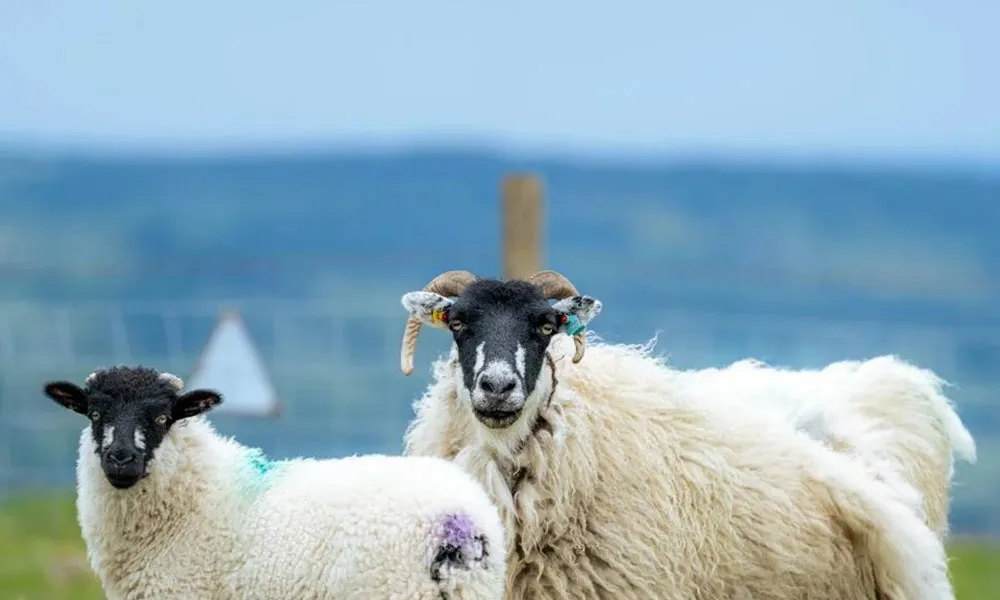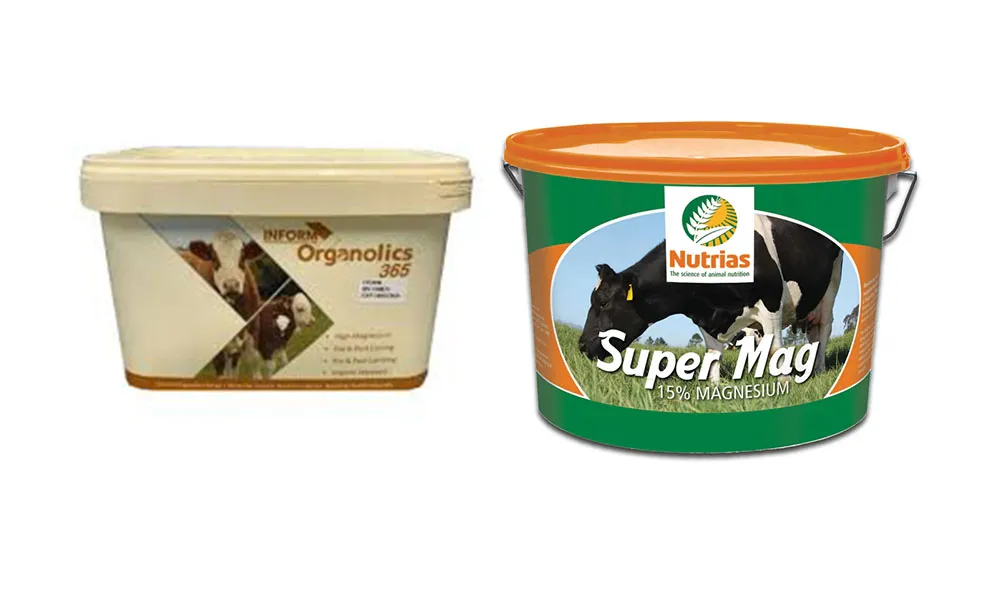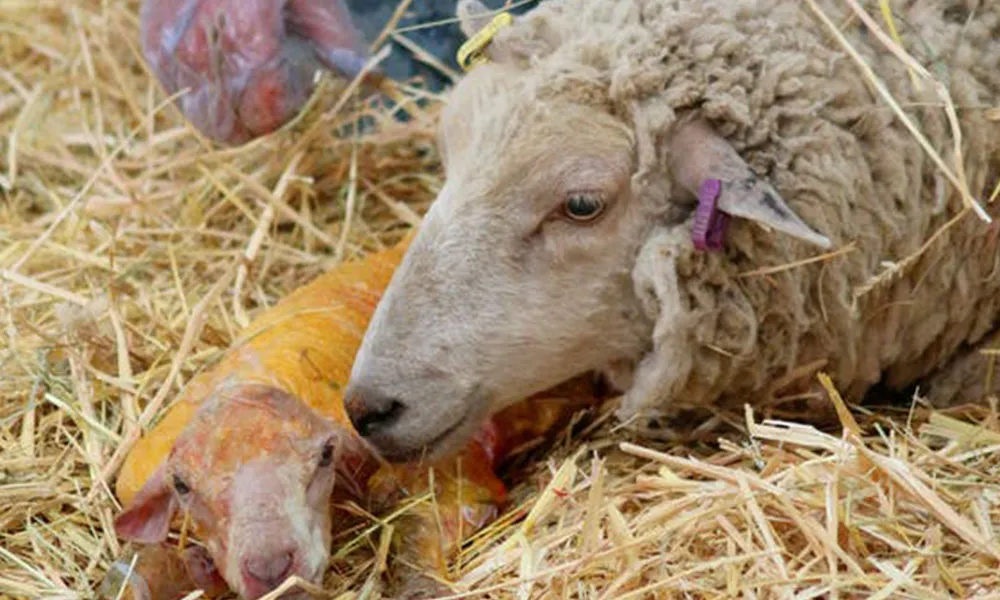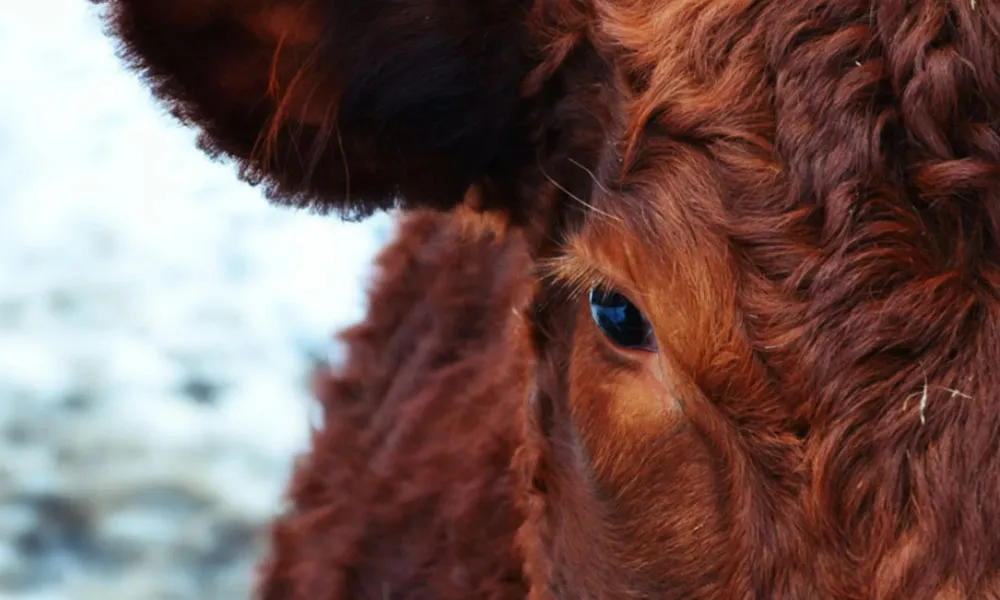
The weather looking up?
The last week or so has brought arguably the best weather we’ve seen for a couple of years. With so much sunshine, soil temperatures rose rapidly and grass growth is exploding in many parts of the country. On the whole, this is obviously cause for a good degree of relief among farmers. We have had far too many years when growth didn’t really kickstart until well into May. Last year, for example, growth was hampered by inclement temperatures and excessive rainfall, resulting in a very short summer indeed.
Risk of tetany
The favourable growing conditions, while welcome, do come with potential downsides. For sheep farmers, the threat of grass tetany rises with the soil temperature. While tetany is most often associated with abysmally wet weather, sudden and rapid grass growth is another aggravating factor for this notorious metabolic disease. When spring grass grows rapidly, it is often lacking in key nutrients such as magnesium. For lactating ewes, whose bodies are already under pressure due to milk production, this can lead to a magnesium deficiency resulting in the classic – and very harmful – symptoms of grass tetany.
Symptoms of tetany
The symptoms of grass tetany are well known to most sheep and cattle farmers. Over the spring turnout period, you should keep an eye out for animals who:
- Appear twitchy and excitable
- Stagger and seem uncoordinated in their movements
- Are frothing from the mouth
Early intervention
If left untreated, animals suffering from grass tetany will succumb to coma and death quite rapidly. Therefore, early intervention is key. In many cases, the sick animal has gone too far before receiving treatment. However, tetany can be effectively treated with a prompt intravenous injection of a magnesium solution.
Prevention better than cure
As with all diseases in livestock, however, prevention is preferable to treatment. You can offset the risk of tetany in your flock over the weeks ahead by supplementing your flock’s diet with magnesium. There are several ways to do this. Magnesium licks – such as Organolics 365 Magnesium or Super Mag – are a simple, cost-effective means of getting magnesium into lactating ewes.
About Organolics 356
As we farm organically, we have found the Organolics 365 bucket to be very effective at keeping ewes’ magnesium levels above the “tetany watermark”. In addition to a high magnesium content of 12%, the lick also contains essential minerals like calcium and is fortified with seaweed and molasses.
I am a particular fan of seaweed-based supplements for lactating sheep. Several reliable studies indicate that it helps to improve digestion, increase animal immunity and enhance energy levels – all essential for ewe and lamb to thrive. Molasses is, of course, an age-old source of energy for livestock, and aids the rumen in digesting other foodstuffs.
Bolus or drench?
Regardless of its merits, the mineral bucket is not an entirely failsafe approach and it would be unfair to present it as such. Some ewes simply never take to it for some reason. Therefore, you may want to employ a more direct approach by administering either a mineral drench or a bolus. Of these, the drench is cheaper but the bolus is more effective. Bolus technology provides a slow release of its component minerals over a period of several weeks, giving you peace of mind as we move into the summer months.
On the other hand, the drench is not to be sniffed at either. We have effectively supplemented sheep and cattle with a magnesium-based drench several times over the years, with no issues arising. Ultimately, the decision is yours to make and should be based on the specific circumstances of your farm. If tetany has been a serious problem for you over the years, the bolus may be the best option.
If, however, it has rarely been an issue for you, then the mineral bucket or drench will probably suffice.











